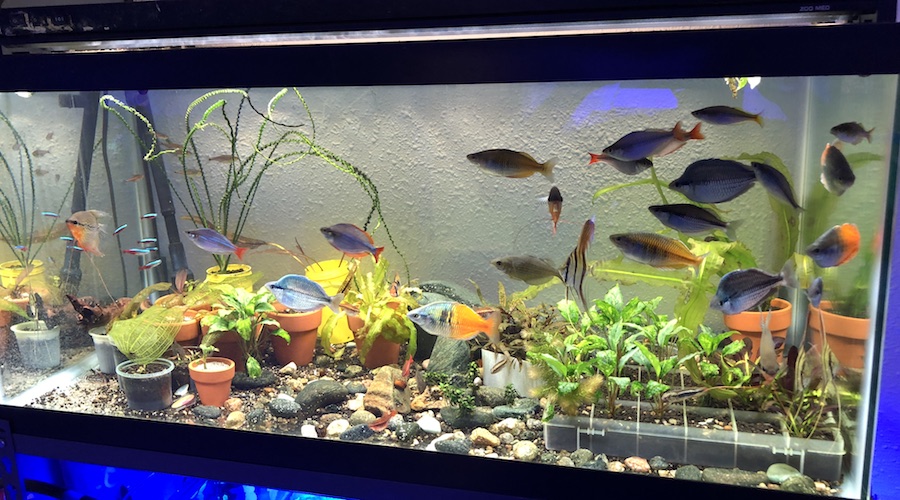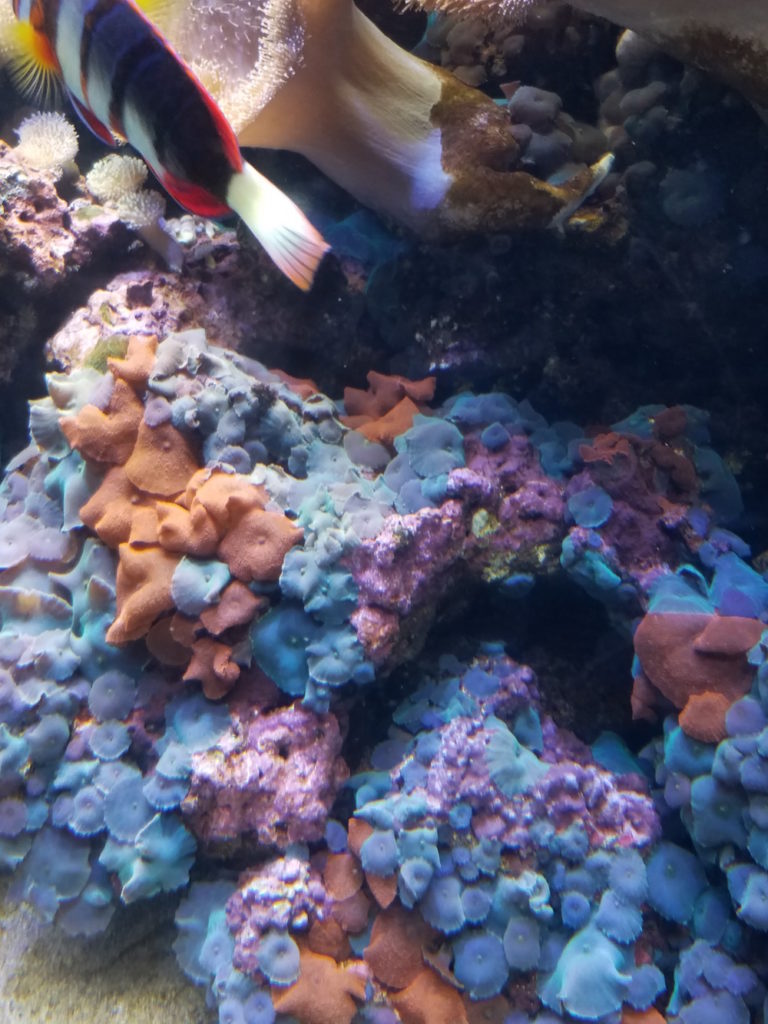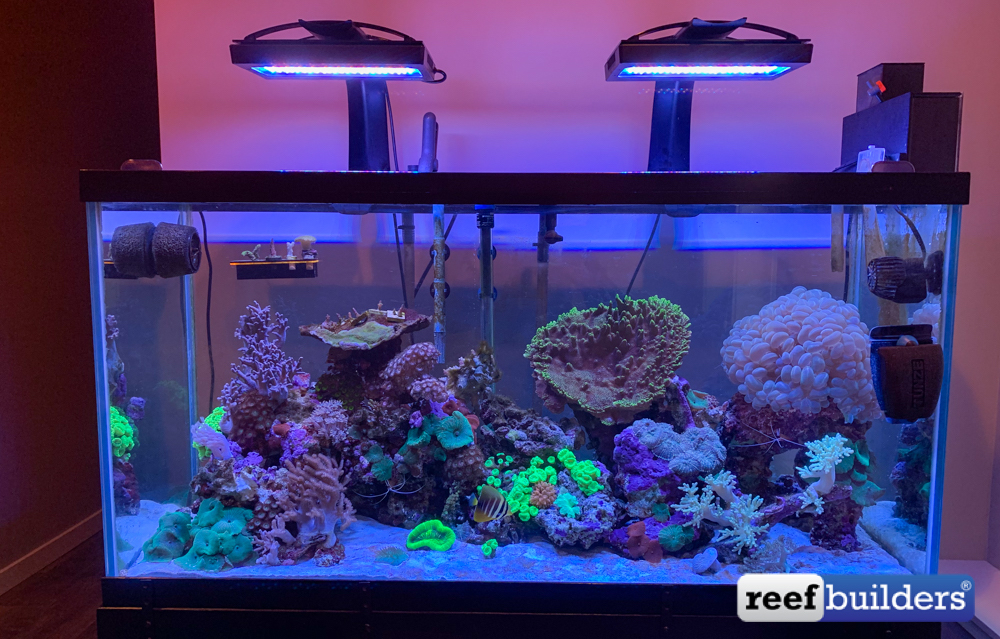Forever and a day we have been schooled in how to set up and cycle an aquarium. Set it up, wet it, add bacteria, test, add fish, test again, and then eventually add corals. But here at Reef Builders we can’t help but think there’s another way to fast reef tank cycling, and that actually, people have been doing it wrong all along…
The subject of cycling came up on a recent Reef Therapy Podcast with Mark and Jake. They were talking about setting up tanks, misconceptions, live rock, and nano tanks and the same theme kept popping up – one of modern, dry rock tanks with all sorts of problems versus how we used to set up reef tanks with live rock, back in the day when we experienced very few.
The usual way to set up and cycle a reef tank is to fit the equipment, scape with dry rock, fill, plugin, add bacteria, add fish, and then stock and feed cautiously until your LFS tells you it’s ok to add corals.
But we say it’s ok to add corals as soon as the salinity and temperature of that tank are ok, and that it’s not only beneficial to add corals before fish – it’s better for the maturation of the system as a whole. And here’s why.

Freshwater beginnings
The way we cycle adding fish first harks back to the decades-old cycling recipe for freshwater tanks. As good as any filter is it starts off sterile, so the combination of some bottled bacteria and some hardy fish both introduce bacteria and food (ammonia,) which then converts to nitrite and eventually nitrate. When there are sufficient nitrifying bacteria to convert all the ammonia that’s being produced by the fish the tank is deemed cycled. The same for marine.
But with nitrification comes nitrate, and with fish food comes phosphate, so cycle with fish, wait eight weeks before adding corals and the first thing you’ll need to do is change water to lower and reset the nutrient values. You’re also very likely to be suffering from an algae bloom.
Start with corals however and the day you add saltwater that water will actually be at its chemical best for corals. High in carbonates, calcium, magnesium, and trace elements yet low in nitrate and phosphate. pH will be high too as there won’t be any algae or aerobic bacteria respiring in the tank, and eroding it.
Think about your equipment too. Your skimmer won’t be calked or gunked up and will be running at its optimum performance. Wavemakers will be free of Valonia and Coraline algae, and flow will be unimpeded by the relatively small amount of rockwork versus a grown-in tank.
GFO and carbon will be brand new and working at their adsorptive maximum and lighting will be free of salt creep, with freshly binned diodes, clear water to penetrate, and new, dust-free cooling fans.
In many ways a newly set up reef tank is perfect. ICP test your tank right after set up and as long as your rock and substrate are phosphate-free, your water quality should be excellent. So why pollute it and degrade its parameters for two months before?

Oases of life
Corals also bring their own life – islands of biological activity on and around them – especially on the base. Buy a frag that’s based out on a ceramic frag plug and that plug will itself be an oasis of microscopic life containing both nitrifying and denitrifying bacteria, algae, and meiofauna, ready to seed the new tank, spread, and multiply. It’s a one-inch diameter reef refuge.
Buy a wild soft coral colony on a rock base, a zoa colony, or a mushroom colony, and the rock it’s growing on will be live rock, the real deal from the ocean, that will also bring strains of bacteria, sponges, tiny detritivores, grazers, macroalgae, and zooplankton. It’s never been dried out because it’s traveled wet with the corals that are growing on it and in terms of biological diversity it’s about as diverse as a six-inch lump of rock can get. It’s a piece of the reef.
So add corals to your tank first and they will not only thrive in the pure, chemically robust saltwater, they will also mature the tank in a way that’s much better than anything in a bottle. The organisms that came in, on, and around them will spread and populate the tank, multiply, and then they themselves will become vital first foods for hungry, stressed, fish. And the fish will then settle in much better too, in a tank that both looks and smells much more like home.
Adding corals first is fishless cycling with a difference. It’s better for fish, better for corals and you’ll experience less erratic water quality issues as a result. Give it a try.



